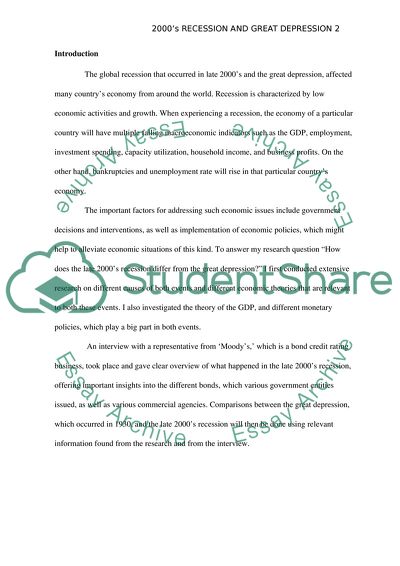Cite this document
(How does the late 2000s recession differ from the great depression Essay, n.d.)
How does the late 2000s recession differ from the great depression Essay. https://studentshare.org/macro-microeconomics/1795849-how-does-the-late-2000s-recession-differ-from-the-great-depression
How does the late 2000s recession differ from the great depression Essay. https://studentshare.org/macro-microeconomics/1795849-how-does-the-late-2000s-recession-differ-from-the-great-depression
(How Does the Late 2000s Recession Differ from the Great Depression Essay)
How Does the Late 2000s Recession Differ from the Great Depression Essay. https://studentshare.org/macro-microeconomics/1795849-how-does-the-late-2000s-recession-differ-from-the-great-depression.
How Does the Late 2000s Recession Differ from the Great Depression Essay. https://studentshare.org/macro-microeconomics/1795849-how-does-the-late-2000s-recession-differ-from-the-great-depression.
“How Does the Late 2000s Recession Differ from the Great Depression Essay”. https://studentshare.org/macro-microeconomics/1795849-how-does-the-late-2000s-recession-differ-from-the-great-depression.


